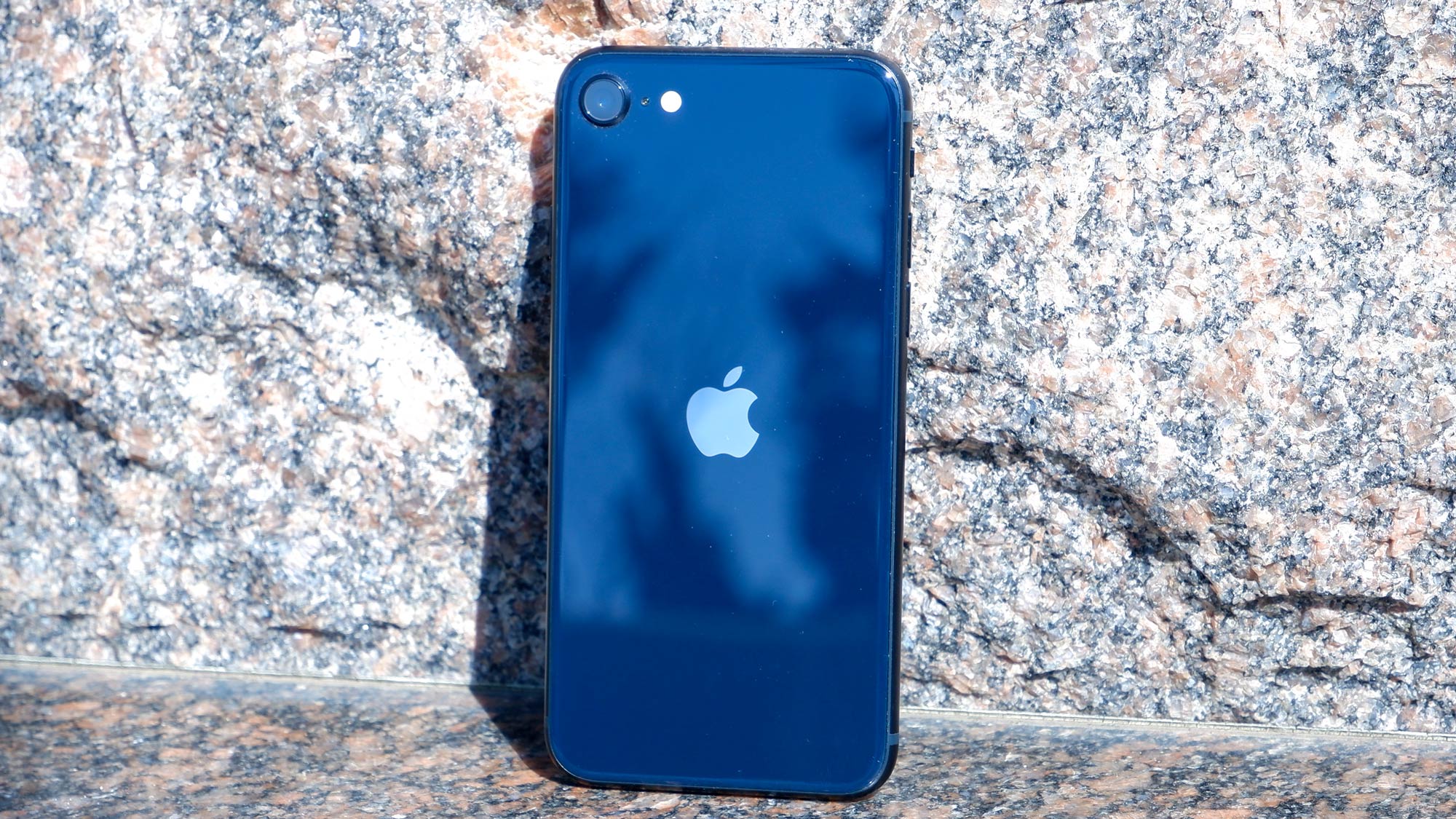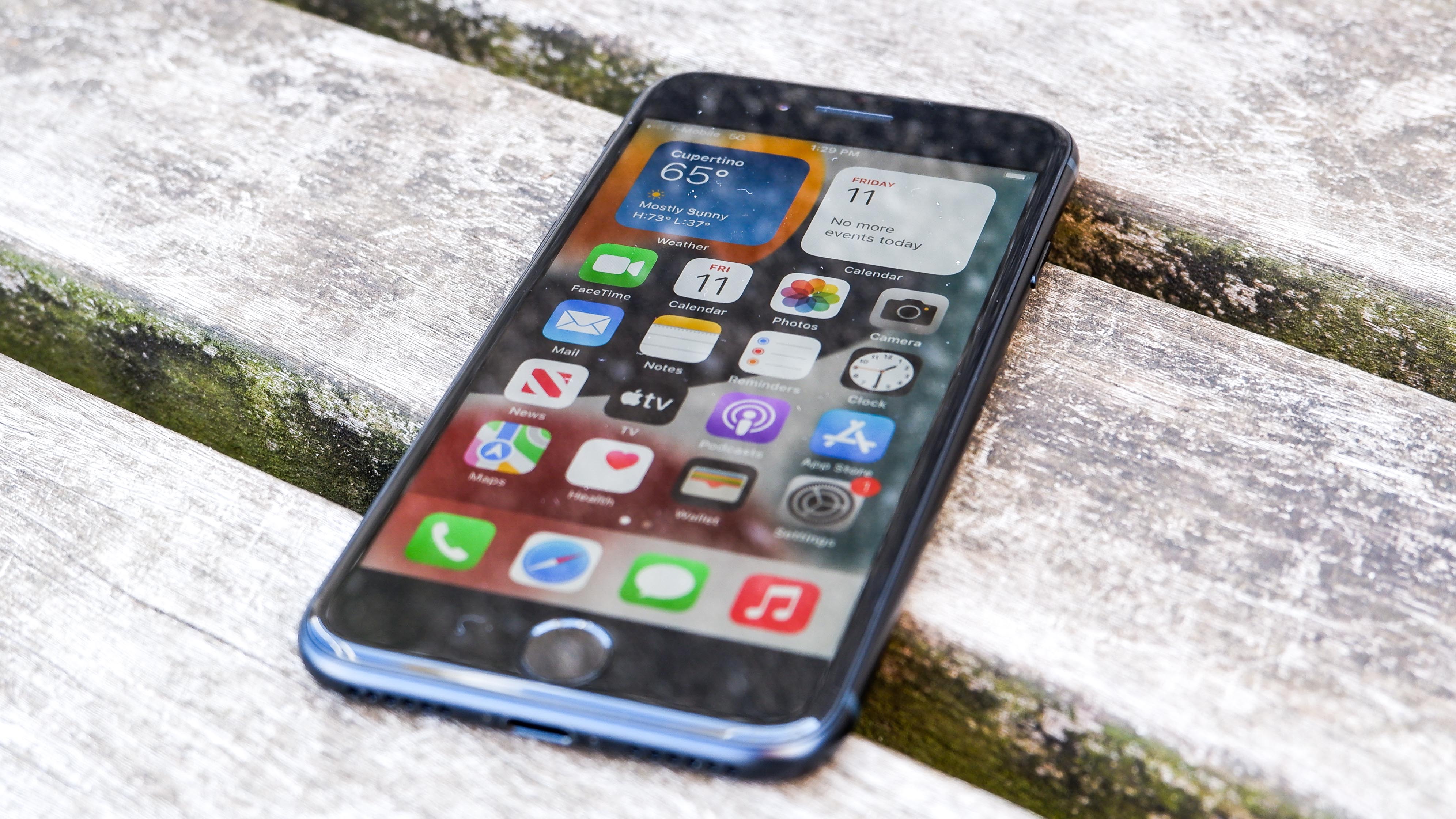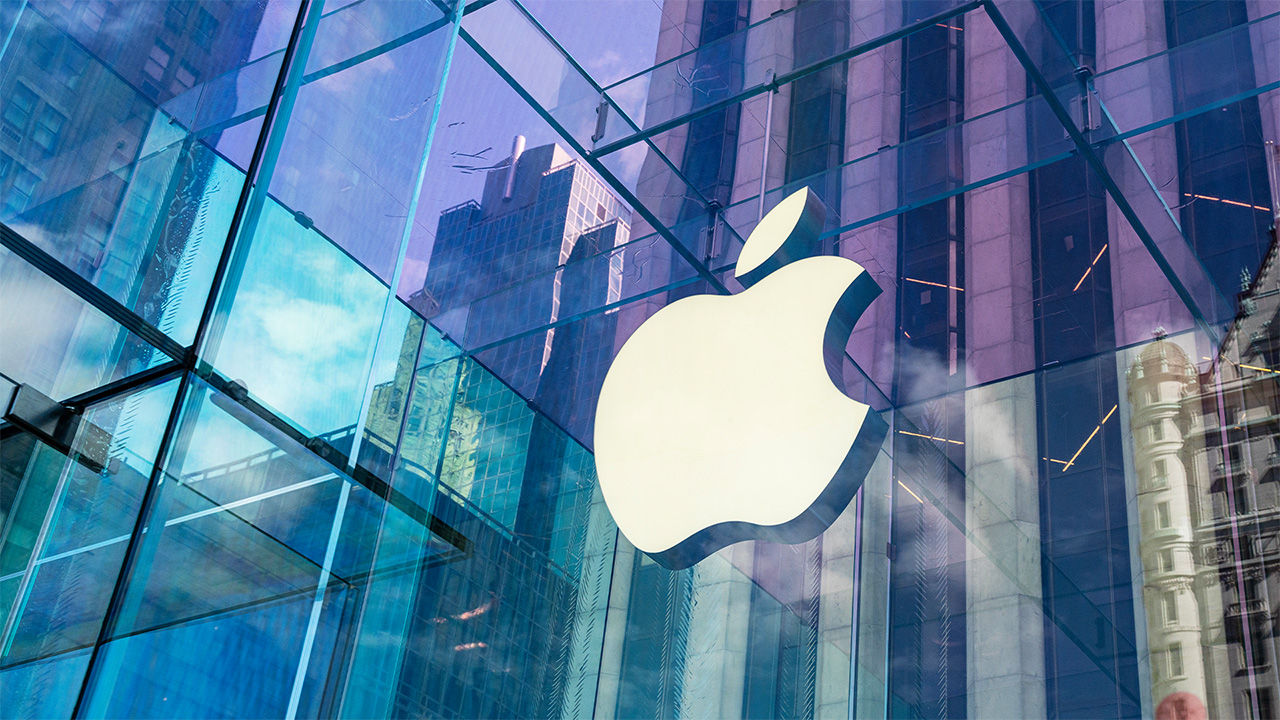Why I fell out of love with the iPhone SE
The latest version of Apple's budget phone disappoints a long-time fan

I've always had a soft spot for the iPhone SE. I bought the original iPhone SE not long after it debuted, and continued to use it right up until the point where its battery cried for mercy about a year or so ago. I don't know that I'd qualify as the world's biggest iPhone SE fan, but I'd be in the running for the title. It was certainly my device of choice among the best iPhones.
Why such affection for the iPhone SE? Because in an era when phone screens have grown more comically oversized, the iPhone SE has kept things sensibly compact. You could slip it in and out of your pocket with ease, while your friends had to hire sherpas to tote around their Max and Ultra and Plus-sized monstrosities. The fact that the iPhone SE was Apple's cheapest iPhone by far also appealed to me, a notorious cheapskate who hates spending money even more than dealing with super-sized mobile devices.
So when Apple took the wraps off the iPhone SE (2022), I should have been thrilled. Released just two years after the last iPhone SE — previously, Apple had made us SE fanatics wait four years between updates — the new model promised a better processor and 5G connectivity. Sounds like reason enough to break out the iPhone SE-shaped foam finger.
The only problem is, I find Apple's new arrival very underwhelming.

Objectively, I recognize that the iPhone SE (2022) is a good phone, deserving of the kudos it's getting from reviewers. It has the same A15 Bionic processor as the iPhone 13 models that came out last fall, meaning Apple's budget phone boasts the best-performing mobile silicon available. There's that 5G connectivity in an affordable phone at a time when 5G networks are reaching more people. And speaking of that affordability, even with a slight price bump, the iPhone SE still costs just $429 — far less than Apple's current flagships, and even $20 less than the Google Pixel 5a. What is not to like?
Plenty, as it turns out. Despite some notable improvements, the iPhone SE (2022) failed to distinguish itself as anything more than a minor refresh to its predecessor. And it's the features that aren't there that rankle the most.
I understand why Apple would stick to a single rear camera. That's the trade-off you make for a low price, and given how strong Apple's computational photography can be, the iPhone SE can get away with having fewer lenses than rival budget phones. But it boggles my mind that in 2022, a company would release a $400-plus phone without the ability to take photos in low light and think that was acceptable.
Outside of battery life, a phone's picture-taking abilities are probably its most important feature. And the fact of the matter is, lighting conditions aren't always ideal when we whip out our phones to snap a shot. That's why phone makers in recent years have put such an effort into boosting their devices' ability to take pictures in low light — witness Samsung's efforts to bolster the "Nightography" features on the Galaxy S22 lineup. (Maybe they should have put as much effort into coming up with a term other than "Nightography.")
But it's not just fancy flagships that embrace low-light photography. Plenty of phones in the iPhone SE's price range offer a Night mode, too. The just-announced Galaxy A53 promises better photos in low-light and the standard-setting Pixel 5a excels at taking pictures in the dark, too. You can bet that the upcoming Pixel 6a won't skimp out on that feature either.
I mean look at the iPhone SE's attempt to take a photo in low-light compared to the Pixel 5a's effort. This ain't it, chief.
Apple's decision to leave out Night mode support on the iPhone SE (2022) is simply inexplicable. It can't be because the iPhone SE features only one rear camera. Instead, Night mode on mobile phones usually works with the camera talking multiple shots at different exposures, then using software to combine them into a new and improved photo. That requires some processing power and AI, and you'd think the A15 Bionic powering the iPhone SE (2022) has that in spades.
Consequently, you can only conclude that Apple held back on adding Night support to the iPhone SE because it wanted to distinguish its budget phone from more premium models. It's a glaring absence given the widespread support for Night mode on inexpensive Android handsets.
It's not just the lack of Night mode that leaves me underwhelmed when looking at the iPhone SE (2022). Apple's decision to stick with the same design as the previous model also leaves me cold. I don't necessarily need a cutting-edge look for my smartphone, but given my tendency to stick with hardware until it's falling apart, I don't really see the latest iPhone SE improving with age. I'm not sure I want to be using a phone in 2026 with a design that was already looking dated when the iPhone 8 was sporting it back in 2017.

There's also a psychological factor to the iPhone's price jumping over the $400 mark to $429. Yes, it's still affordable, especially compared to the $699 cost of the iPhone 13 mini. But you look at what Apple added and what it left on the drawing board with the iPhone SE 2022, and you're left to wonder why that merited a bump from the old $399 price.
And that leaves me, the former iPhone SE fan, looking for a new device to pledge my allegiance to. The good news is that even with phone screens getting bigger, the elimination of thick bezels from most models not named the iPhone SE has allowed device makers to squeeze bigger displays into compact form factors. When I reviewed the Galaxy S22 recently, I was struck by how easy this 6.1-inch phone was to use with one hand.
So it's likely time to bid my affection to the iPhone SE goodbye, at least until Apple figures out a new design with better capabilities. Don't take it personally, iPhone SE — you're still small, it's the list of missing features that got big.
For more on the iPhone SE, check out our story on its disappointing sales forecast - and why that may be.
Get instant access to breaking news, the hottest reviews, great deals and helpful tips.
Philip Michaels is a Managing Editor at Tom's Guide. He's been covering personal technology since 1999 and was in the building when Steve Jobs showed off the iPhone for the first time. He's been evaluating smartphones since that first iPhone debuted in 2007, and he's been following phone carriers and smartphone plans since 2015. He has strong opinions about Apple, the Oakland Athletics, old movies and proper butchery techniques. Follow him at @PhilipMichaels.

